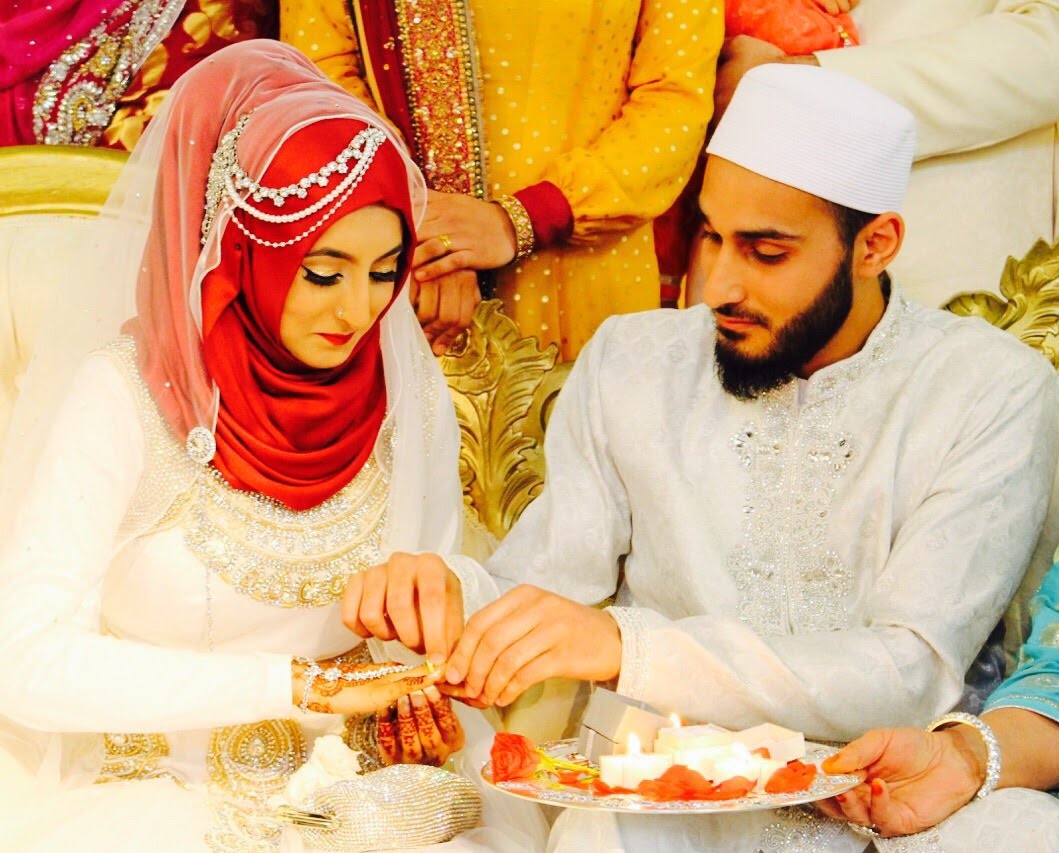
Exploring the Beauty of Muslim Traditional Weddings
Introduction:
Muslim traditional weddings are vibrant celebrations rich in culture, customs, and religious significance. They reflect the diverse traditions and practices of Muslim communities worldwide, uniting families and communities in joyous union. In this exploration, we delve into the intricate details and timeless rituals that define Muslim traditional weddings, highlighting their beauty, symbolism, and enduring significance.
- Cultural Heritage and Diversity:
Muslim traditional weddings showcase the diverse cultural heritage of Muslim communities across the globe. From the opulent ceremonies of South Asia to the simple yet profound rituals of North Africa, each region brings its unique customs and traditions to the celebration of marriage.
- Pre-Wedding Customs and Rituals:
Pre-wedding customs vary widely among Muslim cultures but often include rituals such as the engagement ceremony (Mangni), the exchange of gifts, and the formal proposal (Khitbah). These customs serve to formalize the engagement and strengthen familial bonds.
- The Nikah Ceremony:
At the heart of every Muslim traditional wedding is the Nikah ceremony, the solemnization of marriage according to Islamic law. Led by an Imam or religious officiant, the ceremony includes the recitation of verses from the Quran, the exchange of vows, and the signing of the marriage contract (Aqd-Nikah).
- The Importance of Mahr:
A fundamental aspect of the Nikah ceremony is the Mahr, the bridal dowry given by the groom to the bride as a symbol of his commitment and financial responsibility. The Mahr underscores the mutual respect and equality inherent in Islamic marriage.
- The Role of Family and Community:
Muslim traditional weddings emphasize the importance of family and community involvement. Relatives and friends play integral roles in the wedding festivities, offering support, blessings, and guidance to the newlyweds as they embark on their journey together.
- Diverse Wedding Attire:
The attire worn by the bride and groom varies depending on regional customs and cultural preferences. From the intricate embroidery of the Pakistani bridal ensemble to the elegant simplicity of the Moroccan caftan, wedding attire reflects the richness and diversity of Muslim cultural heritage.
- Traditional Wedding Decor and Symbolism:
Wedding decor often incorporates traditional elements and symbols that hold deep cultural and religious significance. From vibrant floral arrangements to ornate calligraphy and geometric patterns, every detail is infused with meaning and symbolism, reflecting the beauty and spirituality of the occasion.
- The Joy of Celebration:
Muslim traditional weddings are joyous celebrations marked by music, dance, and feasting. Guests are treated to sumptuous meals and sweet delicacies as they join in the revelry and celebration of love and unity.
- Post-Wedding Customs and Traditions:
Following the Nikah ceremony, Muslim weddings may include various post-wedding customs and traditions, such as the Walima reception, where family and friends come together to share in the joy of the newlyweds’ union.
- Continuing the Legacy:
Muslim traditional weddings are not just ceremonies; they are a continuation of a rich cultural legacy passed down through generations. They serve as a reminder of the values of love, respect, and commitment that form the foundation of Islamic marriage.
Conclusion:
In conclusion, Muslim traditional weddings are a testament to the enduring beauty and richness of Muslim culture and tradition. They celebrate love, unity, and the bonds of family and community, bringing people together in joyous celebration. As we honor the customs and rituals that define Muslim weddings, we embrace the timeless values that unite us all in the universal language of love and devotion.



